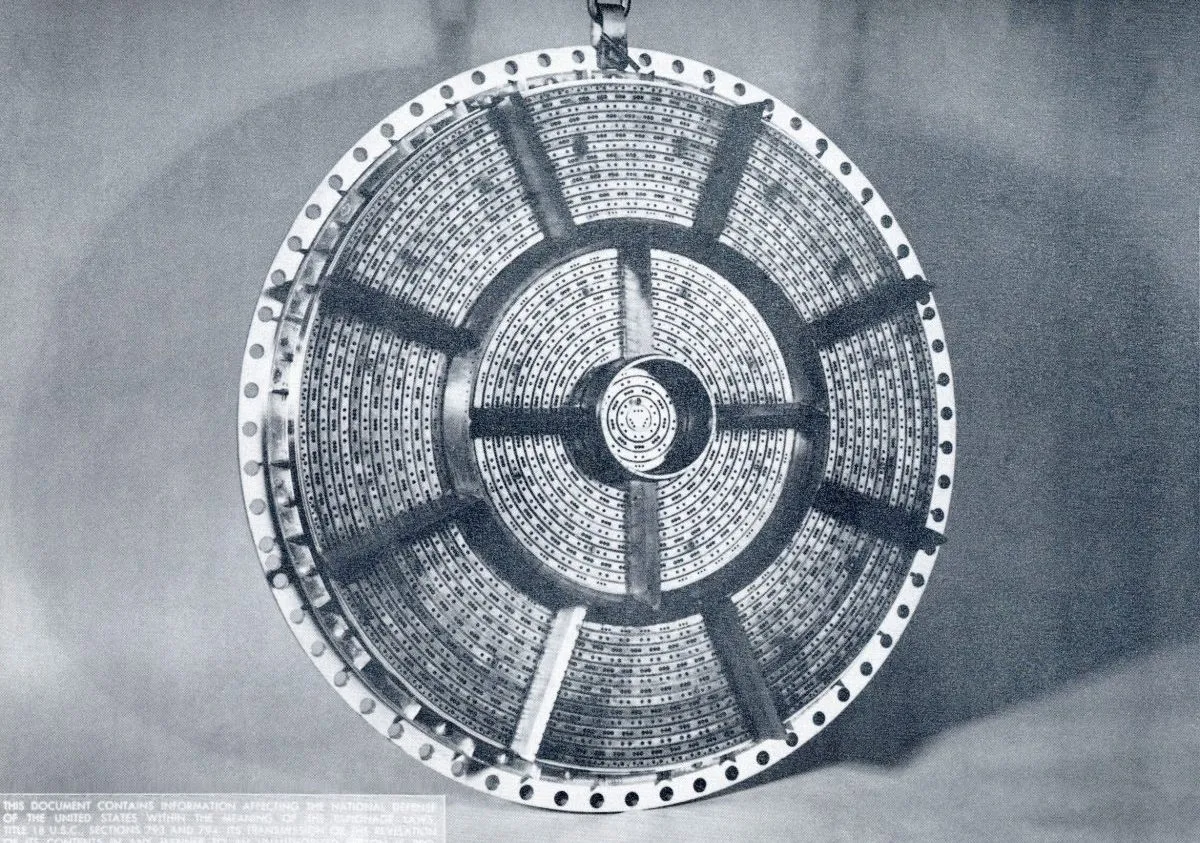The Saturn V remains the world’s most powerful rocket, due primarily to the five massive rocket engines that powered its first stage. The F-1 rocket engine was originally commissioned by the US Air Force in 1955 for nuclear missiles, but the development contract with engine builder Rocketdyne was handed off to NASA in 1960.
Existing rocket engines of this era offered about 160,000 pounds of thrust. Impressive, but nearly one-tenth of the F-1’s target of 1,500,000 pounds.
And while some components of rockets can be scaled up with moderate reengineering, the F-1’s development turned out to be much more complicated.
Read more of Rod Pyle's Secrets of Apollo:
Early tests on giant test stands resulted in exploding engines and countless hot metal fragments blown past engineers cringing in concrete blockhouses.
This beast had to be tamed, but in the era when designs were driven by slide rules, pencil-and-paper and primitive computers, this was easier said than done.
But with the 1969 deadline looming, the cause of these failures had to be found and corrected quickly.
By combining extensive testing with close observation and a lot of intuition, the engineers realised that the engine was experiencing 'combustion instability' inside the combustion chamber.
Fuel burned unevenly and compression waves built up, banging back-and-forth inside the engine, until it simply shook itself to pieces.

Many fixes were attempted, but over time designers zeroed in on the injector plate, a 44-inch metal disk through which the kerosene and liquid oxygen were sprayed through 6,300 small holes on their way to fiery annihilation.
By experimenting with the number and orientation of these holes—and with various configurations of plates, or baffles, that separated them—the clever Rocketdyne engineers were eventually able to bring the F-1 to heel, successfully firing it for well over the two minutes it was required to burn during an Apollo launch.
Throughout the program, the F-1 was a sterling performer, with no catastrophic failures in flight.
This article originally appeared in the August 2019 issue of BBC Sky at Night Magazine.
Rod Pyleis the author of 15 space books and Editor-in-Chief ofAd Astramagazine for theNational Space Society.